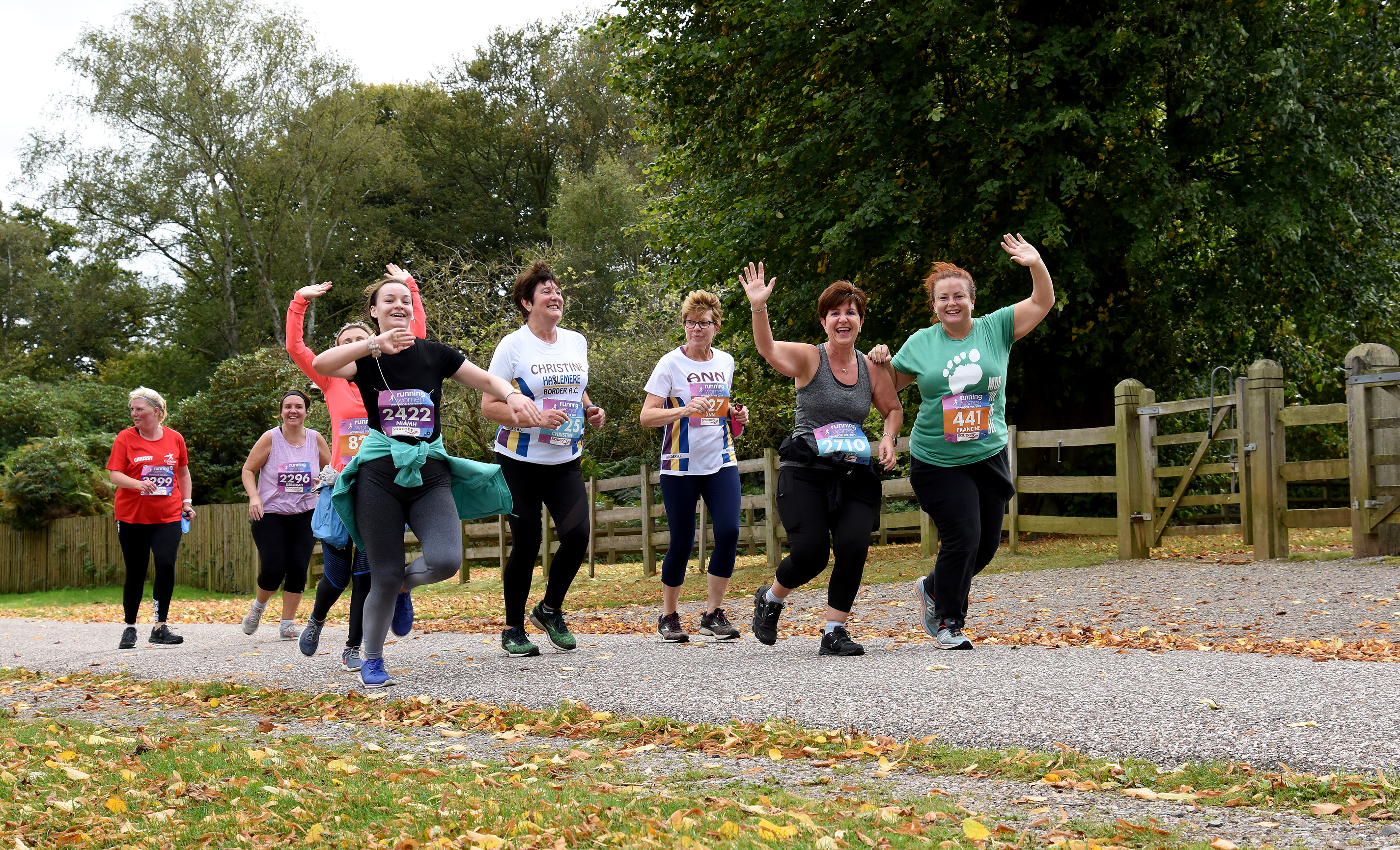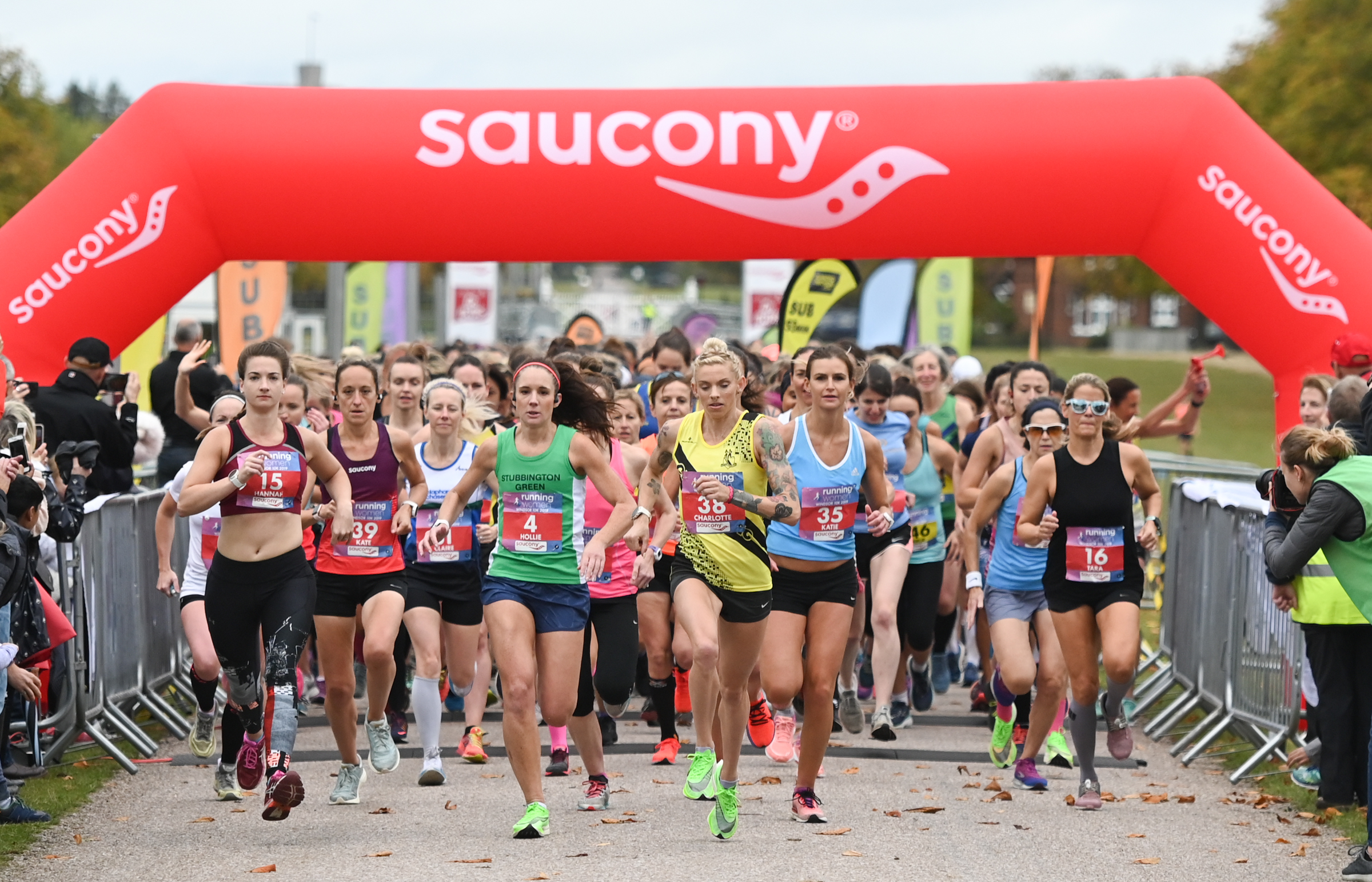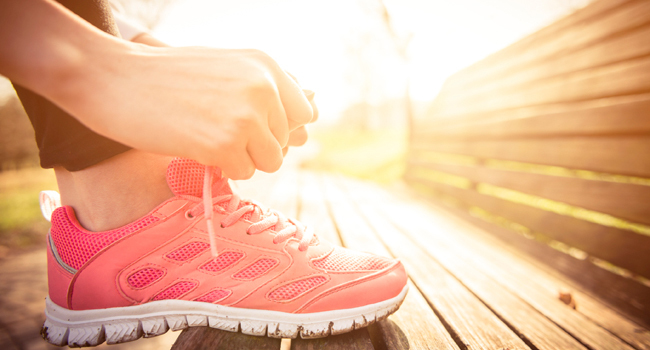17 Tips For Warm Weather Running
Stay safe, cool, and comfortable running in warm summer weather
Run at the coolest time of day.
It’s usually coolest early in the morning, which is often the best time to run on hot days. Failing this, go later in the day after the sun has started to dip (give it enough time for the air to start cooling down). Either way try to avoid the hottest part of the day – usually 11am-3pm. If you must run during this hot period, seek out shady routes and avoid running in full sunlight or next to a body of water.
Less warm up.
Your body literally needs less of a warm up in hot weather. Your warm up should get your heart rate up and give you time to get your head in the game, but you won’t need a long time to actually warm up your muscles and other soft tissue.
Get used to it.
A good training plan can prepare you for running in the hotter weather. If you know you need to train through summer, use springtime to lay the groundwork and gradually get more used to the heat.
Start cool.
Cool your body down before you head out for a run – take a lukewarm shower to lower your body temperature. This is a great idea if you have to run in the evening after a day at work or commuting. Getting your hair damp in the shower can be another useful strategy for staying cooler on your run.
Chase the shade.
It makes sense to run in the shade on hot days. Not only will you be sheltered from the sun, but your eyes will get a break from the bright light (which can give you a headache). Look for trees or tall buildings, and don’t be shy about crossing the road to follow the shady side of the street.
Stay hydrated.
This is a no-brainer but sometimes difficult to achieve! Keep drinking water all day, so you don’t start your run already thirsty. This means drinking water in the morning before you leave the house, carrying a bottle of water with you, and having water on your desk or in the car. Don’t wait until you’re just about to head out for your run.
Electrolytes matter too.
Hydration doesn’t just mean water. It’s important to keep on top of your electrolyte levels (those salts and minerals which are lost during sweat). The easiest way to do this is to lightly salt your food with a decent quality table salt or himalayan salt, and to use an electrolyte product like electrolyte tabs which dissolve in water. Look for ones designed for runners, cyclists, or triathletes.
Shade your eyes.
Wear running sunglasses and/or a peaked cap or visor to keep the sun off your face and out of your eyes. Running with sun in your eyes shouldn’t make you hotter – but it does! It can also lead to headaches and make it more difficult to see where you’re going – not ideal.
Hot weather clothing.
The right clothing makes all the difference for summer running. It’s worth investing in technical kit made from wicking fabrics that move sweat away from your skin so you can cool down. Cotton holds on to sweat and gets heavy very quickly. Some runners prefer loose-fitting tops, others find that tight thin layers feel cooler. Choose technical fabrics and higher colours to help your body cool off.
Avoid sunburn.
Sunburn is no fun for runners, not only does it make you hotter but it’s torture for chafing! Injured skin is also less able to sweat. Avoid getting sunburn in the first place by wearing sunscreen and staying out of direct sun. If you have got sore skin, choose running kit (bra, scrappy tops) which doesn’t rub the affected area.
Suncream.
Normal suncream might not cut it for sunny runs. Choose sports-specific sun protection which stays on through sweat. There are some great brands out there now which have skin care benefits and can even be used on the face as a tinted moisturiser and sun block combo.
Eat your water.
Eat foods with high water volume (think fruits and exotic fruits, salads, cucumber, tomatoes, berries) to help hydrate. Salads are a great summer food for many reasons! Also think about eating smoothies, stir fries, raw vegetables and crudités, and raw fruit.
Pace it out.
You might need to alter your pace for summer running. Remember, heat and humidity make your regular pace feel harder. Run by feel or RPE (rate of perceived exertion) rather than being a slave to your Garmin.
Treadmill time.
If you have access to a treadmill, you can run any time of the day and stay cooler. Use treadmills for your harder runs (like speed work or hills) – that way, you can stick to your training plan and goal pace.
Splash water.
If you start to feel hot on your run, splash your head and arms with water to cool down. Getting cold water on your pulse points (wrists, neck) is a fast way to help your body cool off. Avoid your legs and feet – wet socks mean blisters!
Know the signs.
Learn what heat stroke and overheating looks like in yourself and in others so you can keep an eye on your running buddies. Signs include feeling faint, dizzy, and seeming disoriented, getting cold and clammy, or stopping sweating. Slow down, stop running and drink some water (ideally with electrolytes). Sit or lie in the shade and get help if things are bad. Heatstroke is more likely on humid days as the body struggles to cool down through sweating.
Cool down at home.
After your run, walk around outside for a bit before you jump in the shower. Let your body start to cool itself. Run cold water over your hands and arms and have a drink before you get in the shower. And don’t have the shower too hot!
Windsor Women’s 10k Saturday 27th September Click here to enter now
Similar Posts:
- 17 Tips For Warm Weather Running
- Why Does Running Feel Harder In Hot Weather?
- 9 Tips For Running In Hot Weather
- Sun Sense for Runners
- Summer Running Hazards
- How To Dress For Summer Training



